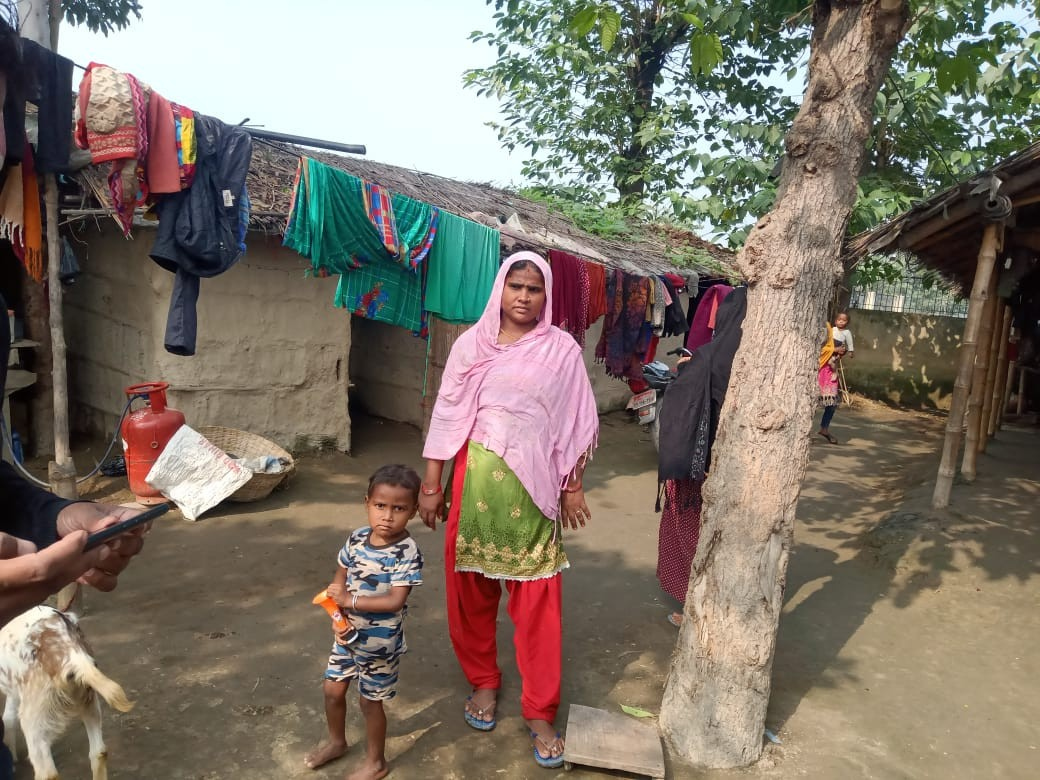A Flood\'s Fury, A Family\'s Resilience

Nepal's September-October 2024 monsoon season unleashed devastating flood, leaving a trail of destruction across the country. Homes were destroyed, crops and livestock lost, and families displaced, facing shortages of food and shelter. Communities in affected areas, particularly Madhesh Province, lived in constant fear, bracing for further devastation. Rajdevi Municipality in Rautahat District, Madhesh Province, home to 31,292 people and bordering the Bagmati River, was among the hardest hit. Lal Muni Khatun, a resident of Ward 4, lives there with her family of nine. A daily wage earner, Lal Muni also relied on income from her four goats and two buffalo, often selling them during festivals. Her mud and bamboo home, once a symbol of stability, was completely submerged by the floodwaters.
"Before the flood, life was stable and comfortable," Lal Muni recounted. "We had enough food, and our home was in good condition." The September 2024 floods shattered that stability. "The water completely submerged our house," she explained, "leaving it uninhabitable. We had to live under a tarpaulin. All our food, clothes, everything was ruined." Even the family's three-year-old calf perished in the flood, adding to their emotional and financial burden.
Relief efforts brought some solace. Shelter kits provided to the affected, and a Rs. 20,000 bank cash transfer for above 5 member households and for upto 5 family members Rs. 15,000 was provided by the BWSN, made possible by the local government, ACF, and the START Fund, proved a lifeline. "This money was crucial," Lal Muni emphasized. "I used it to repair my house, buy clothes for my children, and get food. It was especially helpful during the festival season, allowing us to have some sense of normalcy." Lal Muni's story exemplifies the devastating impact of natural disasters. The loss of homes, belongings, and livelihoods, compounded by the emotional trauma, creates immense hardship. Yet, amidst the devastation, resilience emerges. With support from aid organizations and government initiatives, communities like Lal Muni's begin the long process of rebuilding. These experiences underscore the critical need for proactive disaster preparedness, effective response mechanisms, and sustained support to help vulnerable communities recover and build resilience against future calamities.